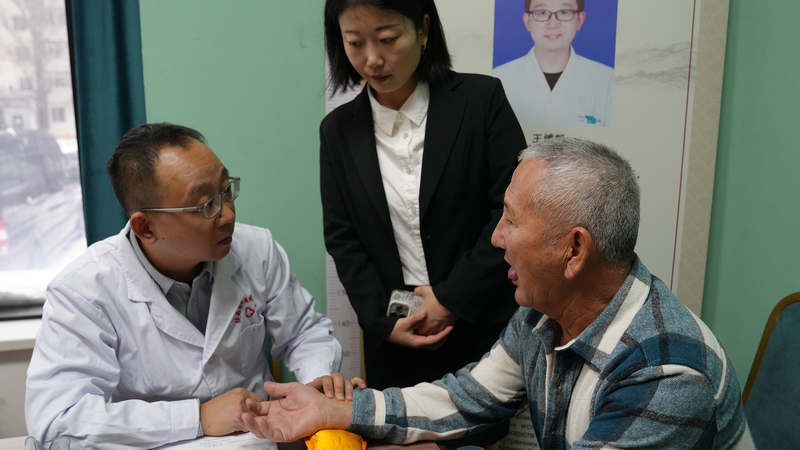Driving Deeper Health Ties in Xinjiang
Over the past decade, health collaboration between the Chinese mainland and its Central Asian neighbours has gained new momentum, with northwest Xinjiang Uygur Autonomous Region emerging as a strategic medical hub. Since 2015, Xinjiang has rolled out action plans to offer world-class services, attracting more than 25,000 international patients by the end of 2023.
Cross-border Medical Services
Five top tertiary hospitals in Xinjiang have set up dedicated international medical service departments with 500 beds, and feature foreign-language medical guides, nursing staff and streamlined management protocols. A cross-border telemedicine platform now links 22 major hospitals across neighbouring nations, enabling real-time consultations and remote diagnoses.
In January 2024, four Xinjiang hospitals signed agreements with the International Medical Center in Tajikistan to boost telemedicine, technical exchanges and joint academic programmes. December 2023 saw the First Affiliated Hospital of Xinjiang Medical University’s Key State Lab partner with the Kazakhstan National Medical Science Center to tackle high-incidence diseases in Central Asia. That same year, a multidisciplinary team helped perform Kazakhstan’s first successful ex-vivo liver resection and autologous liver transplantation, marking a milestone in bilateral medical research and practice.
Nurturing Tomorrow’s Medical Talent
Xinjiang Medical University plays a vital role in training regional experts, hosting over 100 students from Central Asia annually. In 2024, it launched a five-year joint undergraduate programme in Traditional Chinese Medicine with the Urgench Branch of Tashkent Medical Academy in Uzbekistan, currently educating 17 students.
Between 2023 and 2024, the university dispatched 185 top medical experts across all five Central Asian nations, providing complex case diagnoses, health education, technical training and research collaborations on the ground. These efforts cultivate long-term connections and empower local healthcare systems.
As health cooperation accelerates, Xinjiang’s integrated approach—combining clinical excellence, telemedicine innovation and talent exchange—is shaping a healthier, more connected region.
Reference(s):
How China-Central Asia health cooperation is gaining momentum
cgtn.com


